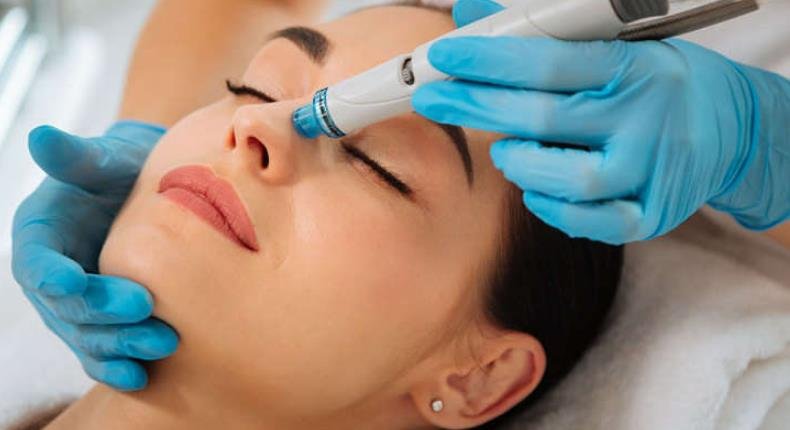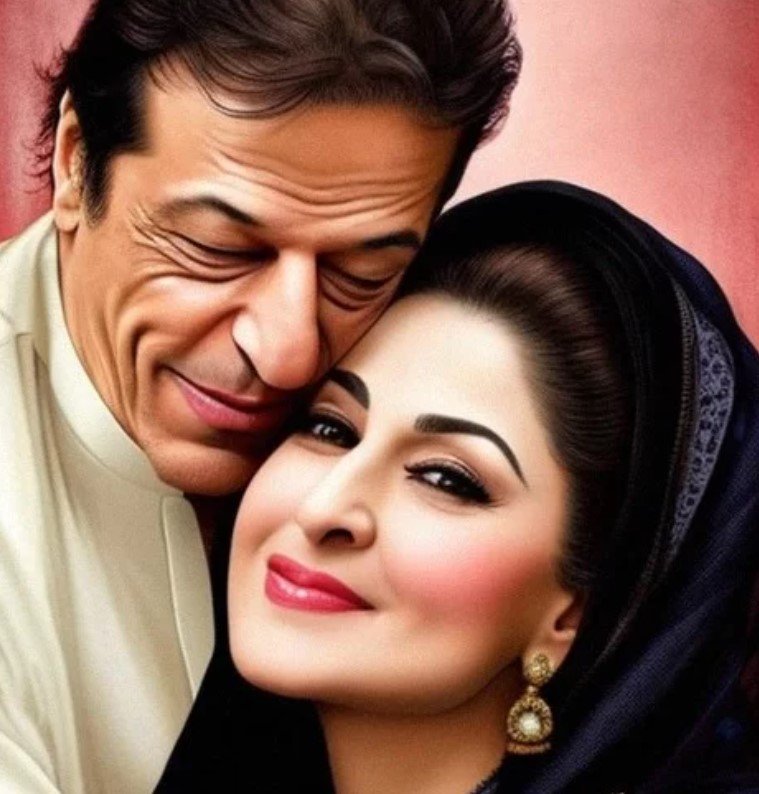Everyone desires perfect skin, and HydraFacial has become an increasingly popular skincare treatment option. Not only is it a non-invasive procedure, but it also promises to provide instant results by rejuvenating and revitalizing skin in under an hour. However, before jumping on the HydraFacial bandwagon, it’s essential to weigh the pros and cons to determine whether it’s worth it. Here, we’ll be discussing the key benefits and drawbacks of this treatment to help you make an informed decision.
What is HydraFacial?
Before diving into the pros and cons of HydraFacial, it’s crucial to understand what the treatment entails. HydraFacial is a facial treatment that involves the cleansing, exfoliation, hydration, and extraction of pollutants from the skin. The procedure is non-invasive and uses a patented device that infuses the skin with hyaluronic acid, antioxidants, and peptides.
Pros of HydraFacial
Immediate Results
One of the significant benefits of HydraFacial is the near-instant results it provides. After completing the treatment, you will notice visible results such as improved skin texture, hydration, and reduced fine lines.
Customizable
HydraFacial is a customizable treatment, and each patient’s skincare needs are unique. The treatment can be tailored to suit specific needs, including increasing brightness, reducing hyperpigmentation, and purifying skin.

Exploring the Pros and Cons of HydraFacial: Is it Worth it?
Pain-Free
Unlike some facial treatments, HydraFacial is pain-free. The device used has a gentle suction that extracts impurities without causing any discomfort to the skin.
Minimal Downtime
HydraFacial requires little to no downtime after the treatment. You can resume your daily activities immediately after the procedure, and the effects can last up to a week.
Cons of HydraFacial
Cost
HydraFacial is a relatively expensive treatment compared to other facial procedures. However, the cost varies depending on the location, type of procedure, and duration of the treatment.
Frequent Treatments
Though it has immediate results, the effects of HydraFacial only last for a week. This means that frequent treatments are needed to maintain the results, which can be time-consuming and costly.
Not Suitable for All Skin Types
HydraFacial may not be suitable for all skin types, especially those with excessively sensitive skin or skin conditions such as rosacea. Skin specialists advise discussing with your dermatologist before engaging in the procedure.
Possible Side Effects
Though it is a non-invasive procedure, there are still possible side effects for some individuals, such as redness, swelling, and skin sensitivity. However, these are typically mild and usually subside after a few hours.
HydraFacial vs Traditional Facial: What’s the Difference?
Traditional facials typically involve cleansing, exfoliating, and facial massage. In comparison, HydraFacial uses a patented device that infuses nourishing substances into the skin while removing impurities. The results of a HydraFacial are usually more immediate and long-lasting than those associated with a traditional facial.
Conclusion
Advanced skincare treatments such as HydraFacial are becoming an increasingly popular option for individuals looking to achieve smoother and brighter skin. It’s essential to weigh the pros and cons before opting for a procedure. While HydraFacial offers near-instant results, it comes with a quite expensive price tag, and it requires frequent treatments to maintain the outcome. It’s advisable to discuss with a skin specialist before booking your hydrafacial, and ensure that it’s suitable for your skin type. Ultimately, evaluating whether HydraFacial is worth it comes down to personal needs and preferences.
FAQs
[faq-schema id=”151″]
















